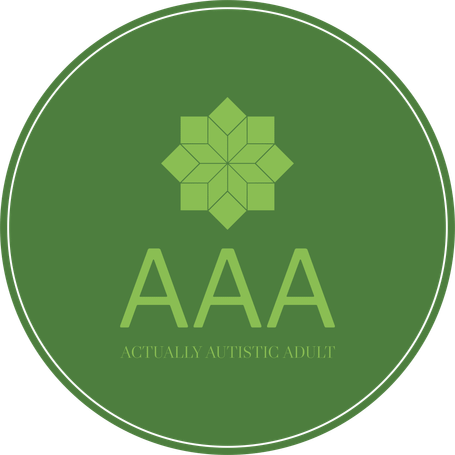
Inclusive workplace practices
“Part of the problem is that we tend to think that equality is about treating everyone the same, when it's not. It's about fairness. It's about equity of access”
- Judith Heumann
This sums up the spirit of inclusivity. When inclusivity is done well it is not about “special treatment” (and for the avoidance of doubt, reasonable adjustments are not special treatment). Inclusive workplace practices include the needs of everyone. One day we'll have a society that doesn't regard differing needs as a hurdle to be overcome, but as part of life.
Understanding why you're trying to be inclusive, and who it is you're trying to include* needs to be the first stage of your journey towards an inclusive workplace culture.
So, rather than list out conditions or disabilities and assign specific accommodations to each one, let's look at three inclusive workplace strategies that can be adopted, and who they might benefit.
Hybrid working
This benefits a range of people. Personally, I prefer home working because there are fewer distractions, I can attend to my physical and sensory needs and I get much more done. Some people prefer working in an office because being in that environment gets them into the work mindset, and they can avoid home-based distractions.
Hybrid working offers both options, and can benefit people with sensory hypersensitivity, caring responsibilities, back problems (I once spent several months WFH lying down with a laptop and thumb controlled mouse in bed due to a slipped disc), social anxiety or people who live far away from the office with an unsustainable daily commute.
Information in written and audio form
Having policy documents, meeting minutes and other information in printable, digital form and in audio form allows employees with dyslexia or ADHD to consume information aurally, which may be better for comprehension and attention. It's also ideal for people who want to listen while they walk or work out, or perform other solo tasks that don't require interaction with others.
Some people find it hard to consume audio/video information due to auditory processing challenges, or attentional differences, so having printable written versions caters for them too.
People with no attentional or processing issues get to choose the method that suits them best, and no-one's needs are ignored.
Variety of meeting styles
Having meetings using a variety of methods benefits many people. Walking meetings reduce eye contact that might be problematic for autistic employees, while they also appeal to people trying to maintain a daily step count, or who need to move around because of musculoskeletal conditions.
Being able to participate in a meeting through Teams or Zoom even if you're in the same building allows neurodivergent employees to remain in a suitable sensory environment and reduces the number of transitions the person has to make each day.
Dialling in to a meeting in the same office also allows people with busy workloads to attend more meetings for longer using this method, rather than travelling through the premises to various different meeting rooms. Saving time is always good for efficiency.
As we can see, inclusive workplace practices cater to a variety of people, and no-one should have to declare a specific need related to a specific condition to be included.
Remember, the best reasonable adjustment is changing your mindset.
*Hint: it's everyone!
Further reading:
Autistic employment - some of the challenges facing autistic people
The Disclosure Dilemma
Self employment for the neurodivergent
How overwhelm impacts employment prospects
How to support neurodivergent employees
We need your consent to load the translations
We use a third-party service to translate the website content that may collect data about your activity. Please review the details in the privacy policy and accept the service to view the translations.
